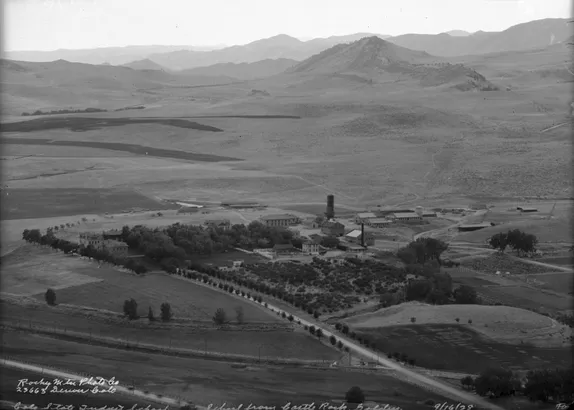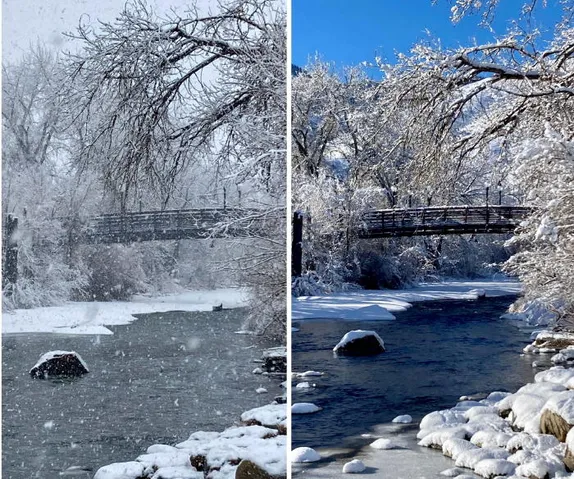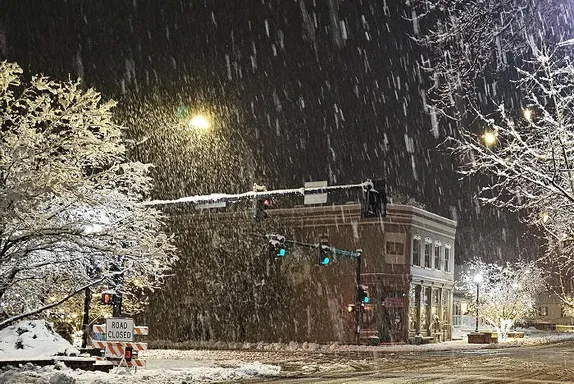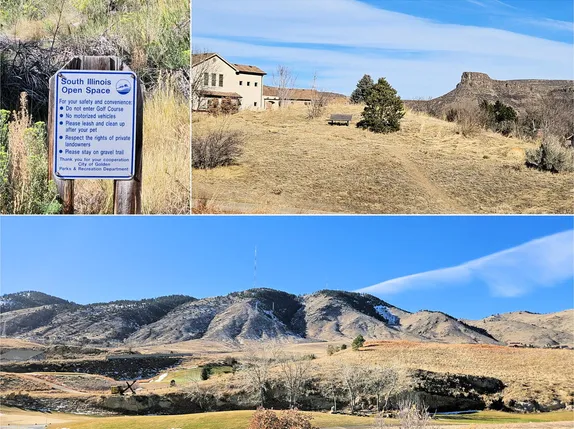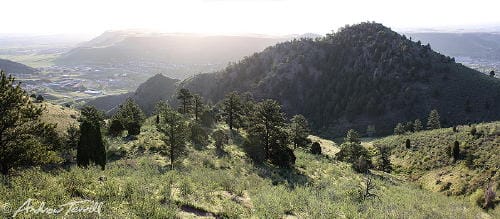
Today is the 50th Annual Celebration of Earth Day.
Coronavirus Update
Public Health References
CDC * Colorado * Jefferson County * City of Golden
Jefferson County’s case count page says that as of 3PM yesterday, there were 1,026 cases in Jefferson County (up from 1002). There have been 41 deaths (up from 36) and 240 are hospitalized (up from 239). There are 86 known cases in Golden (up from 84).
The State-Wide Stay-at-Home Order is in effect through April 26, 2020. Everyone is asked to wear a mask that covers the nose and mouth when leaving the house. City and County fire restrictions are in place. Clear Creek is closed to all recreational activities.
Virtual Golden
Recordings of Yesterday’s Events:
Golden History Museum – Building Colorado
Golden United – 1918 Influenza Epidemic
Today’s Live Online Events:
8-8:55AM Virtual Flow Yoga
9-10AM Virtual Power Training
10:15-11:15AM Let’s Dance for Toddlers with the Library
3-5PM Hard Times Writing Workshop – Call 303-502-5189
5:45-6:45PM Telephone Town Hall with County Commissioners
5:30-6:10PM Virtual Core Conditioning
6-8PM Wednesday Watch Party with the Library – Royal Wedding
7PM Virtual Continental Divide Trail Days (Facebook Live)
Golden History Moment
100 Years Leading Up to Earth Day
Golden’s founders had a very 19th-century view of the earth–it was there to be used. In their view, it provided an endless source of riches to those who worked to extract what the earth could offer.
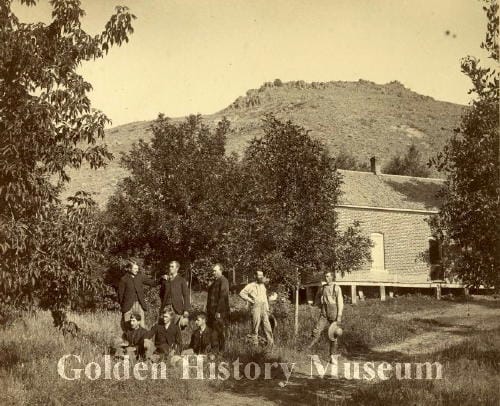
In 1870, two of our biggest industries were mining and agriculture. The mining towns (Central City, Black Hawk, Idaho Springs, and Georgetown) were of interest to everyone who wanted to see the Territory grow and thrive. New mines and new technologies that improved the processing of ore were cause for celebration. Also important, though perhaps less exciting, were our farms and gardens, which were made possible by a network of ditches fed by Clear Creek.
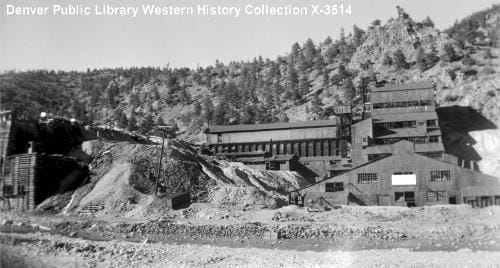
It wasn’t until 1880 that conflict between the two concerns arose. It was standard practice at that time to dump industrial waste into waterways, where it would be carried away by the rush of the water. As the mining industries grew, and their waste products with them, the farmers downstream found that the water from Clear Creek began poisoning their crops and soil.

In 1882, the farmers began trying to put legal pressure on the mines and mills to stop polluting Clear Creek. They had no luck. They tried again, with more emphasis and organization, in 1887. By this time, agriculture had become a more important component of our economy, but they still made no headway.
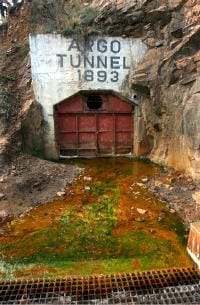
The matter became even worse in 1893, when the Argo Tunnel was built. The tunnel allowed all of the mines to drain their excess water through the tunnel to flow into Clear Creek. This increased the concentration of heavy metals in the water, and made the Creek still more toxic.
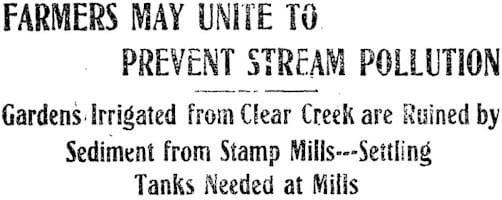
The matter rose to the surface again in 1915. By this time the farmers were beginning to organize into Granges, which allowed them to combine their voices to lobby the legislature. In 1917, the Granges initiated a “Pure Clear Creek” campaign. In 1919, they were still lobbying and proposed a bill which would require the mines and mills to stop polluting the Creek. They agitated for several years, with no notable success.
As an aside–by this time, the City of Golden was using a separate water supply, drawn from Beaver Brook, a more remote mountain stream. They were not directly affected by Clear Creek water quality.
In 1928, a new group joined the fray, lending their support to the farmers in trying to stop upstream polluters. The Izaak Walton League is a conservation group, concerned with clean water and clean soil. They were especially interested in making the water fit for recreational use, particularly fishing.

The combined efforts of the farmers and conservationists were still not effective. Mine waste continued to go into the Creek.
In 1934, Golden found itself in an embarrassing situation. Having shown appropriate shock and indignation at the industrial polluters upstream, they found themselves accused of dumping raw sewage into the Creek (which they were–as were all of the other towns along the Creek).
The Depression had set in by this time, and both the mine industry and municipalities were able to plead poverty as an excuse for not cleaning up their acts. Both groups fended off legal action for many years.
Golden was finally rescued from its situation when Coors began treating our sewage in 1953. That left us free to rejoin the people trying to make the mines clean up their decades-old messes and current practices.
The nation was becoming more ecologically-conscious in the 1960s. Colorado’s Governor Love proclaimed a “Clean Streams Week” in 1967, declaring that water pollution control is everyone’s job.
In 1970, Senator Gaylord Nelson of Wisconsin organized the first Earth Day. Students at Golden High School observed the event with a guest lecturer, an environmental film, and discussion groups about environmental issues.
Earth Day helped focus many scattered environmental movements. 1970 also saw the formation of the Environmental Protection Agency and the establishment of the Clean Air Act. The Clean Water Act followed, in 1972, and the Superfund law was enacted in 1980.
These Federal laws finally did what no amount of protesting had accomplished–they cleaned up the old mines west of Golden. In 1998, Superfund paid for a water treatment plant in Idaho Springs, so that mine water was cleaned before it entered Clear Creek.
Returning to that first Earth Day at Golden High School:
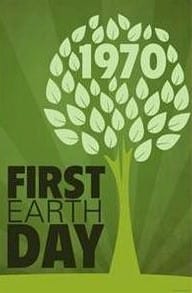
One group of Golden High School students started a survey of Clear Creek and found a spot where raw sewage was being dumped into the river. They reported their findings to officials who promised to check the story out, but several days later they admitted they hadn’t been able to locate the responsible party. Our young group revisited the spot, determined to work out a solution. Someone had a bright idea. Plug up the end of the sewage line.
The homeowners at the other end of that sewage line were unaware that their sewage was not being routed to a treatment plant, but they quickly became aware that the sewage was no longer just going away. A flurry of telephone calls reached officials, which soon allowed them to track down the builder who had piped the sewage to the Creek.
Happy Earth Day!
The Golden Transcript (originally called the Colorado Transcript) has been publishing since 1866. The Golden History Museum has been working on digitizing the historic issues. You’ll find old Transcripts online at coloradohistoricnewspapers.org.

